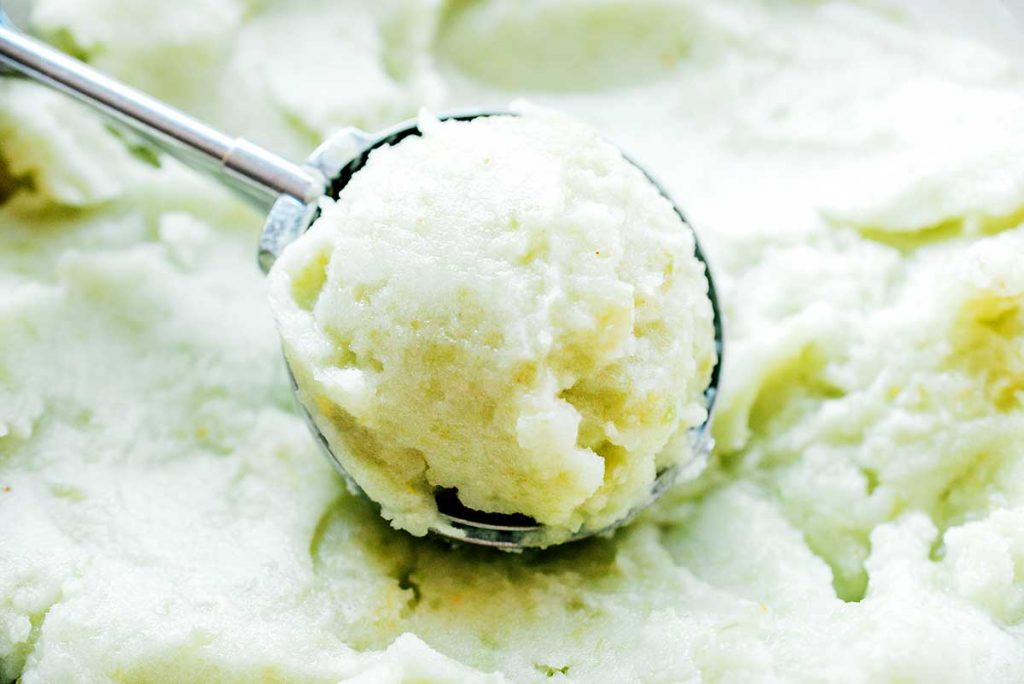

Now, you already know that pesticides are harmful and need to be treated with care. So, in this case, the smell of the perfume or cologne is an indication that your dog may be inhaling chemicals like acetone, linalool, phthalates, etc. Once again, it’s not the actual scent that causes toxicity it is the solid, liquid, or gas carrying the scent. The scent of your perfume or cologne can be toxic to your dog because of the chemicals included in the fragrances. So, if you paint a room, make sure that it is well-aired out before allowing your dog to spend any significant time in that room.Īdditionally, art studios, nail salons, and the like are not appropriate areas for dogs to spend a lot of time, especially if ventilation is poor. The chemicals used in house paint, art paint, nail polish, etc., can be toxic to dogs when inhaled.
#Grapefruit bad for dogs skin
Now, this doesn’t mean you should stop cleaning your house! What it means is that you have to be careful how and where you store and use these products.įor example, you should never leave cleaning bottles out in the open where they can get knocked over.īeyond the drinking and skin contact hazards of this, the fumes can build up in a closed room or house and reach levels that are toxic for your dog as they breathe them in.Īdditionally, it’s a good practice to properly ventilate a room once you have cleaned it so that the vapors can dissipate quickly. Chemical Cleaner Scents Can Be Toxic to DogsĬhemical cleaners release noxious vapors, which, when inhaled, can be toxic to your dog. Here, however, we are talking about the chemicals that are not natural and harmless. The term “ chemical” is very broad, and not all chemicals are bad some are so natural that even our own bodies (or our dogs’ bodies) produce them. Chemicals That Are Toxic for Dogs to Inhale

Then there is also the possibility that the solid, liquid, or gas that is emitting the scent will be absorbed by the mucous membranes of the respiratory system and enter the bloodstream.įrom here, it can do all kinds of damage. When a scent is inhaled, it has the potential to cause mechanical irritation of the respiratory passages.Īlternatively, it can cause physical damage through chemical processes-think about corrosion caused by toxic vapors. The other two are dermal exposure (skin contact) and ingestion exposure (eating or drinking).


When exposure to toxic substances is an issue, inhalation is one of the main three routes examined. Whether it’s solid, liquid, or gas, the fact that it is in contact with the dog’s respiratory passages means that it has the potential to do harm. Some scents are emitted by solid particles in the air, some are from liquid droplets, and others are produced by gases. So, when we talk about scents being toxic, we are actually referring to the substance (the physical matter) that made contact with the olfactory sensors in order to trigger a neurological interpretation of the stimulus. It is the brain’s interpretation of a physical stimulus to the olfactory sensors. It sounds strange to say that a smell can be toxic, and that’s because, technically, it can’t be. How Much Essential Oil Needs to Be Inhaled to Become Toxic?.List of Potentially Toxic Essential Oil Scents.A Lack of Research Requires Logic and Extrapolation.Essential Oil Scents That Are Potentially Toxic to Dogs.Scents Associate With Burning Can Be Toxic to Dogs.Perfume Fragrances Can Be Toxic to Dogs.Chemical Cleaner Scents Can Be Toxic to Dogs.Chemicals That Are Toxic for Dogs to Inhale.Possible Effects of Inhalation Exposure.


 0 kommentar(er)
0 kommentar(er)
